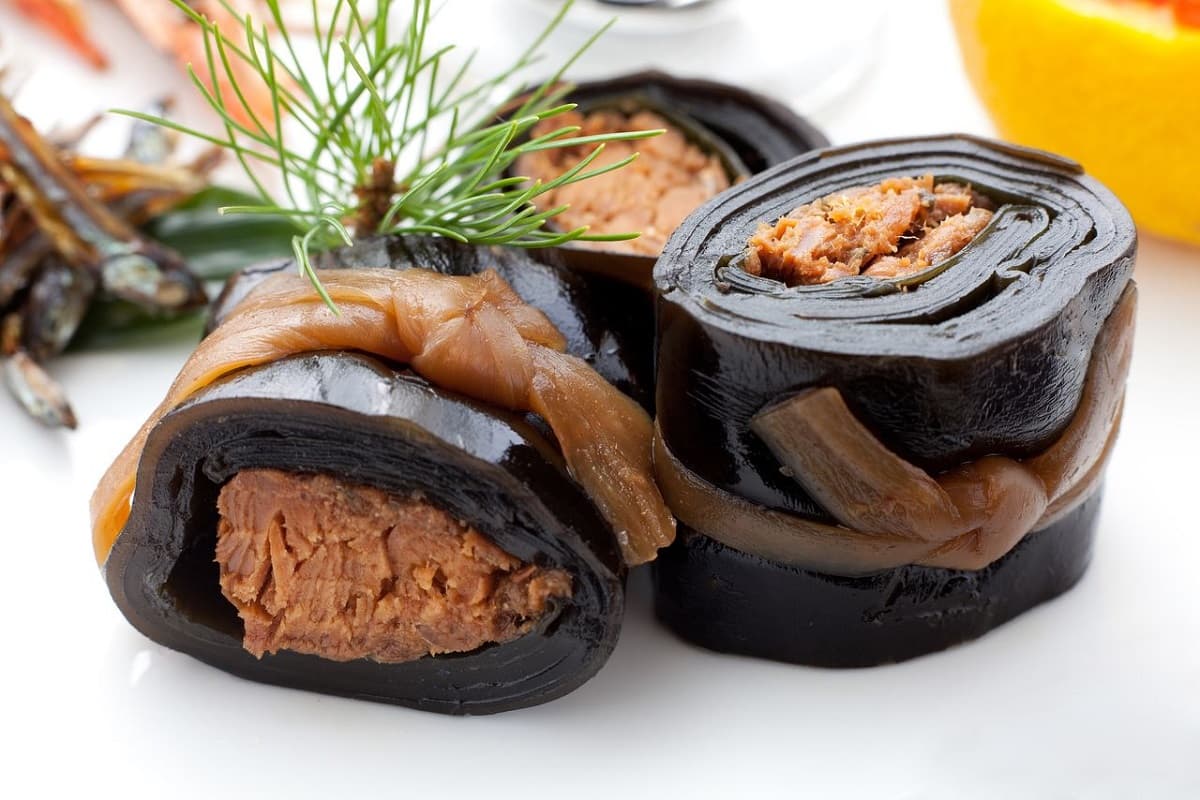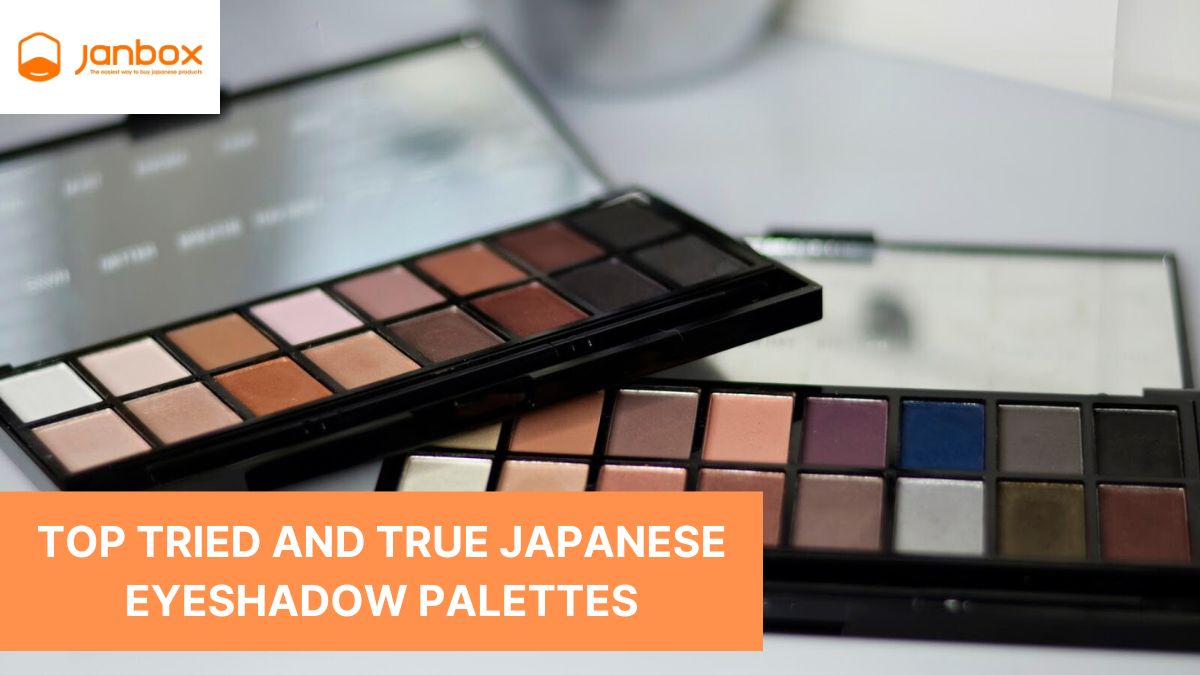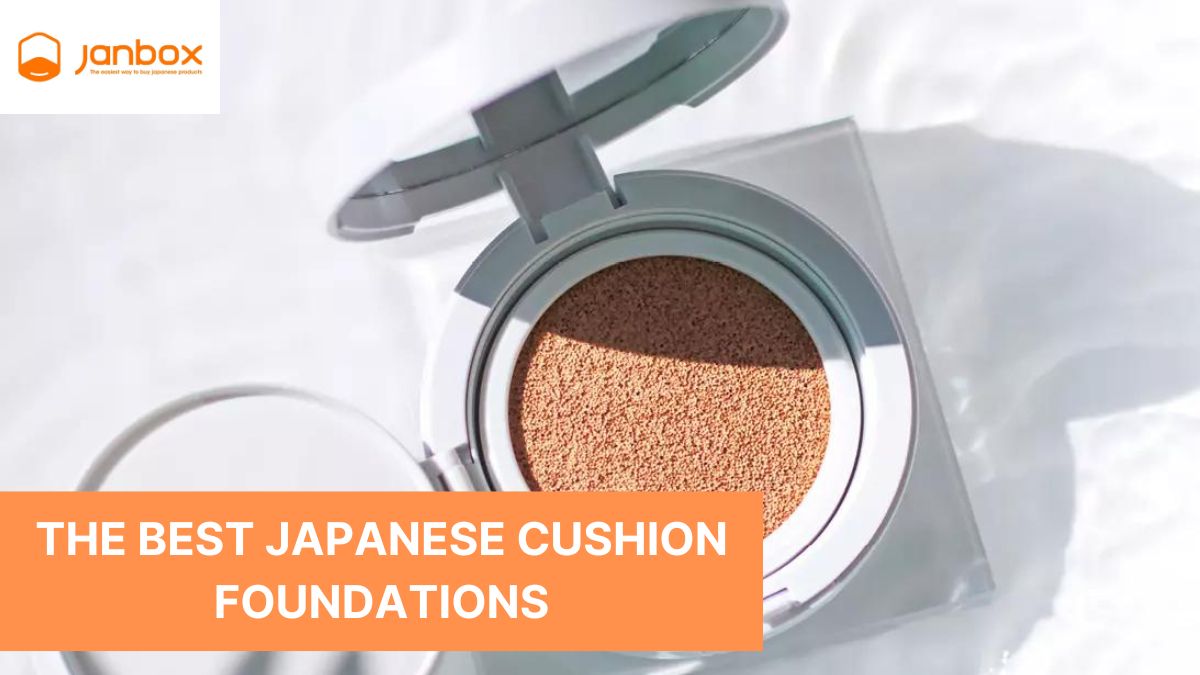Do you know about Natto (fermented soybeans) – one of the traditional Japanese dishes? Because of its viscosity along with its very distinctive appearance and taste, natto is a dish that not everyone likes. However, this is a daily Japanese dish because it brings many health benefits. In this article, Janbox will provide you with information and pictures about Japanese natto beans.
I. What are Natto beans?
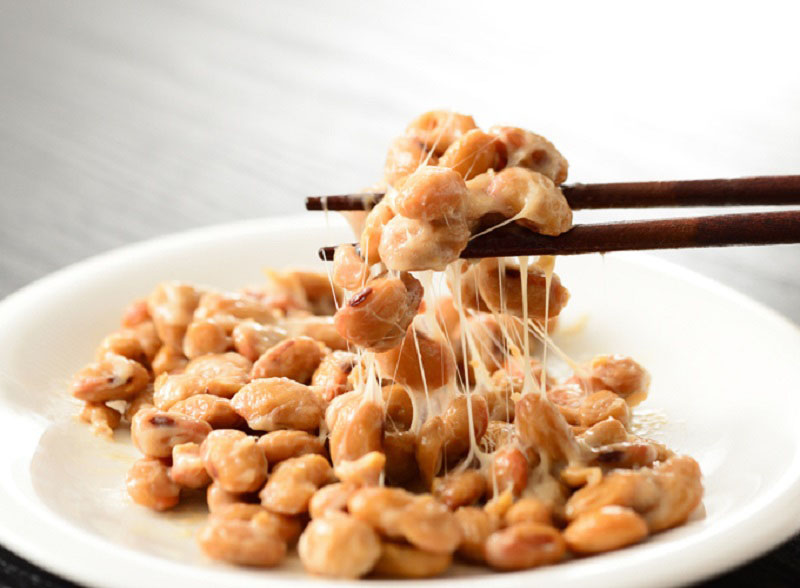
Natto is boiled soybeans incubated with Enzyme (Bacillus natto) at 40°C for 14-18 hours to ferment into brown, highly viscous, and durable beans. For those who are not familiar, the smell of Natto is very strong and unpleasant. According to the experience of the manufacturer, the higher the viscosity, the better the quality of the natto and the sweeter the taste.
II. Japanese Natto beans benefits
Natto is a rustic dish used by Japanese people every day and is considered a healthy food because natto is a natural specialty, not processed such as cooking, stir-frying, or steaming. Natto is made through the fermentation process, so Natto is rich in protein, rich in vitamins, easy to absorb, and all nutrients for health are kept intact. Here are some benefits of Japanese natto beans:
Improve digestion
The probiotics in Natto can act as the first protective gland of the intestinal tract against toxins and harmful bacteria. The researchers report that probiotics can help reduce flatulence, constipation, diarrhea, and flatulence due to antibiotics, in addition to symptoms of bowelitis (IBD), Crohn’s disease, and ulcerative colitis.
Most probiotic foods and supplements contain 5–10 billion units forming colonies (CFU) in each diet. Similarly, Natto may contain from one million to one billion colonial bacteria (CFU)/g
In addition, natural soy contains nutrients, which can make the body more difficult to digest them. Nutrition resistance can also reduce the number of nutrients that the body absorbs from food and can cause flatulence or nausea in some people.
A noteworthy point, the natto fermentation process helps reduce the content of natural nutrients in soy. From there, create favorable conditions for their digestive process
Contribute to making bones stronger
Natto is rich in nutrients that contribute to healthy bones. To get started, a part of 100 g natto provides 22% of the recommended daily calcium, the main mineral found in the bone. In addition, Natto is one of the rare plant sources of vitamin K2.
Vitamin K2 plays an essential role in the health of the bone by activating bone construction proteins that help to bring calcium into the bone and keep it there.
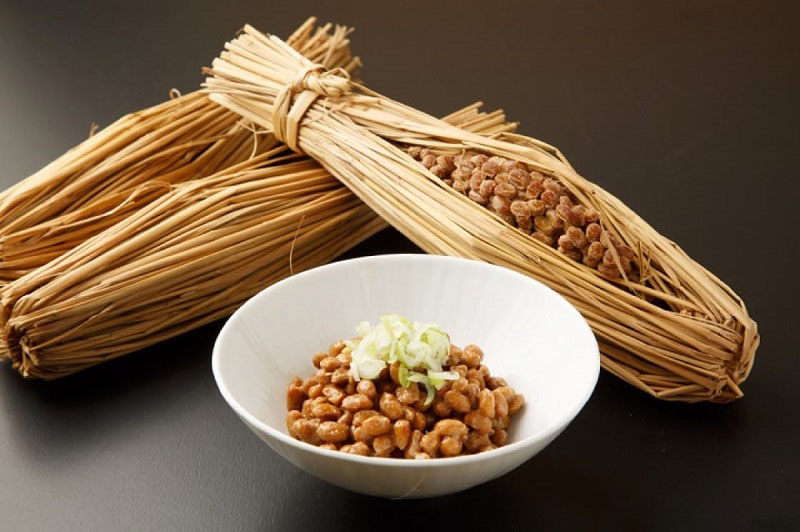
Promote cardiovascular health
Natto can also contribute to making the heart healthier. It is partly because it contains fiber and probiotics, both can help reduce cholesterol levels. Moreover, the natto fermentation process produces nattokinase, an enzyme that helps dissolve blood clots.
Japanese researchers reported that Natto could help lower blood pressure by inactivating Angiotensin conversion. From there, help control blood pressure. In fact, some studies show that Nattokinase supplements lower blood pressure ~ 3-5.5 mmHg in participants with an initial blood pressure of 130/90 mmHg or higher. Finally, in addition to strengthening bones, vitamin K2 in natto helps prevent calcium deposits accumulation in arteries
Enhance your immune system
Natto contains some nutrients that can help strengthen the first immune system, foods rich in probiotic like Natto contributes to healthy intestinal bacteria. In return, healthy intestinal bacteria help prevent the growth of harmful bacteria. And can even promote the production of natural antibodies.
Moreover, biological products reduce the risk of infection even more and can help recover faster if they are sick. In addition to high probiotics, Natto is rich in vitamin C, iron, zinc, selenium, and copper which play an important role in immune function.
Regarding natto bean’s benefits, there are other potential advantages:
- Reduce the risk of some cancers: Natto contains soy and vitamin K2. Both can reduce the risk of liver, prostate, digestive, and breast cancer.
- Help you lose weight: Natto contains large amounts of probiotics and fiber. Both can play a role in preventing weight gain and optimizing weight loss.
- Improving brain health: Probiotic foods like Natto can help reduce stress, improve memory and reduce anxiety, depression, autism, and obsessive-compulsive disorders (OCD).
III. How to Make Japanese Natto beans?
Ingredient:
– Small finished Natto box (if you cannot buy it, you can do it with sterilized straw (the way to sterilize is to cook straw in the kitchen (100C) for 3-5 minutes, avoiding the death of bacteria fermented)
– Grain soybean
– Salt
Making:
- Step 1: Take a little natto finished product, crush with a little salt, and clean water.
- Step 2: Soak soybeans in water until the beans go into the steamed pressure cooker (size> 20 minutes), and let cool.
- Step 3: Mix the “pieces” and new beans. If you don’t have natto, you will pack steamed beans in the straw.
- Step 4: Put in a bowl, put in a warm place of 40-50 degrees to incubate for 14-15 hours until the smell of “fragrant” rises and many spider silks are stored in the refrigerator. If the winter is cold you need to incubate under the heating lamp.
So you have successfully made Natto very simple!
>>Read more: 15+ most popular Japanese alcoholic beverages.
IV. How to eat natto beans?
If this is your first time trying the Japanese dish, you might at first wonder how to eat natto beans properly. When buying natto at convenience stores or supermarkets, you often see natto in a styrofoam box, covered with a plastic film, accompanied by two packets of sauce consisting of soy sauce and karashi’s yellow mustard.
To enjoy, the first step is to separate the membrane from the natto. You can do it in two ways: One is to pull the edge of the film at the edge of the box, keep the box closed, and pull the film by hand to remove it from the natto.
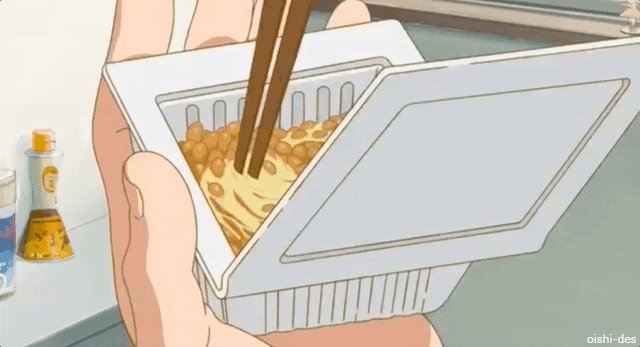
The second is to use the tip of the chopstick to poke lightly on the membrane, then rotate the chopstick to roll the film out of the natto. Next, use a pair of chopsticks to mix the natto, do it by hand like whisking eggs and mix continuously until a white, slimy and spinning stick appears.
The Japanese believe that when raising the chopsticks high, the white mucus fibers can still stick without breaking, then it is the right mix. At this point, you just need to add soy sauce and yellow mustard and mix again to be able to eat.
You can combine many different foods to eat with natto such as raw eggs, shoyu (Japanese soy sauce), chopped green onions, karashi (Japanese mustard), wasabi (for black bean natto), nori, or even kimchi to create a “double-fermented food combo”. Eating natto with other foods will help reduce the strong natto smell that some people may not like.
Eating natto with white rice is the best way, especially warm rice. When eaten with natto with rice and raw eggs, it is called natto tamago kakegohan. Japan is known for its delicious miso soup. In fact, natto is a great ingredient for miso soup and has been known since ancient times. The mild bitterness of natto can enhance the deliciousness of red miso.
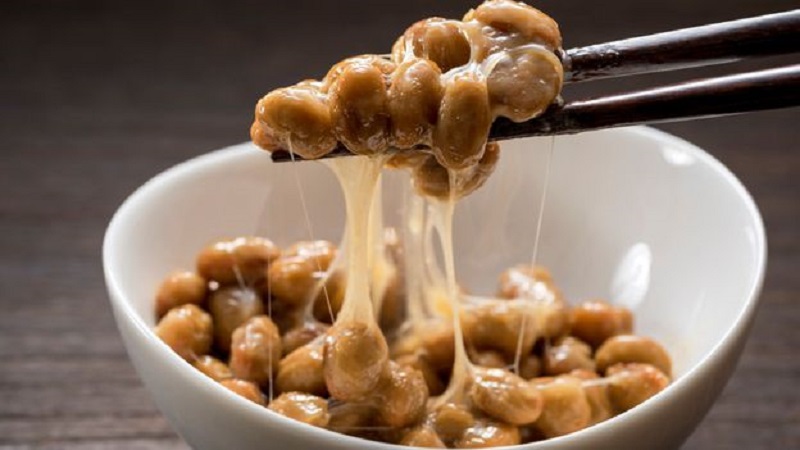
Mixing natto in your fried rice recipes will reduce the natto smell and make the fried rice more nutritious. You can eat fried rice alone or with another dish. For those who don’t like eating raw eggs with natto, the natto omelette can be a great solution. This dish is easy to make, with the full of nutrients from eggs and natto.
Notes when eating Japanese natto beans
- Do not eat with hot rice: Often you will see natto placed on top of a bowl of rice, but it is cold rice, not hot rice. Nattokinase present in natto is known to be heat sensitive so if you combine it with hot rice the nattokinase will be destroyed.
- Eat only with egg yolk: There are many pictures of natto being eaten with eggs on a bowl of white rice, in fact, it is standard to combine natto with egg but only use egg yolks, because egg white contains avidin. , when this substance combines with biotin present in natto will inhibit the absorption of nutrients. So if you want to eat natto with eggs, just use the yolk.
- Do not eat too much: Although natto is delicious and contains many nutrients, you shouldn’t abuse it because it contains a lot of purines that increase uric acid levels, which is the cause of gout. According to recommendations, every day should only eat 1 pack of natto is ideal.
V. Where to buy natto beans?
It will be very easy if you are living in Japan, you can buy it at any convenience store, or supermarket. If you are an international customer, you can find them at stores that specialize in Japanese goods.
In addition, if you don’t know where to buy natto beans, there is a very convenient way for you to order goods through e-commerce sites. And Janbox – a reputable proxy service will be a perfect choice. You just need to go to the official Janbox website, there will be a wide selection of natto beans for you.
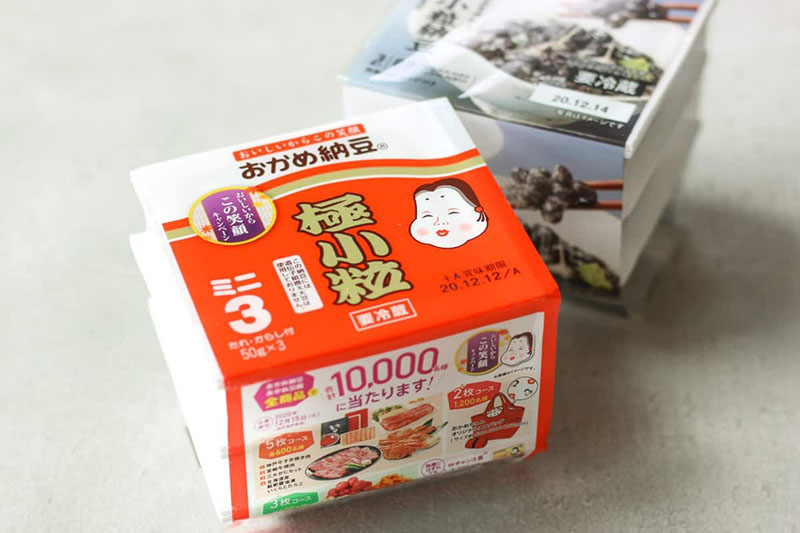
To place an order through Janbox, you just need to follow some very simple and quick steps. You can visit the article How to buy products which has detailed instructions on how to order. Then you just need to wait for a few days to get your packaged items from Japan and enjoy it.
Conclusion
With the extremely high nutritional value that Japanese natto beans bring, this dish is gradually becoming popular and preferred for meals, if you are used to the smell of this dish, you will be addicted to it.
If you have the opportunity, please enjoy and feel the interesting things about natto in particular as well as Japanese cuisine in general! Follow Janbox to regularly update useful articles.
- Website: https://janbox.com
- Email: [email protected]
- Facebook: https://www.facebook.com/janbox.com.en

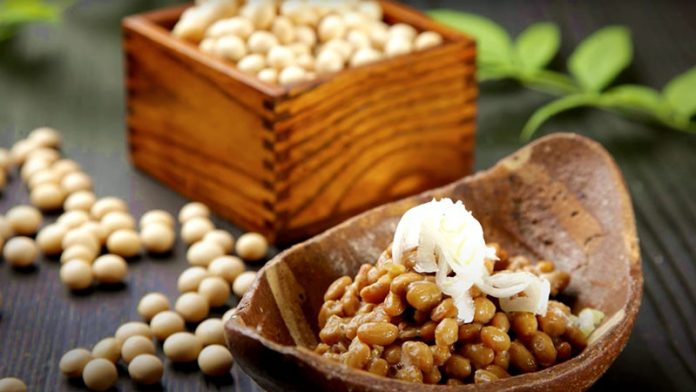
![Mechanical Keyboards from Japan – How to buy [2024] mechanical-keyboards-from-japan](https://janbox.com/blog/wp-content/uploads/2024/03/mechanical-keyboards-from-japan.jpg)

